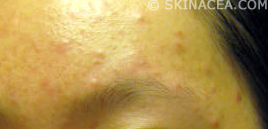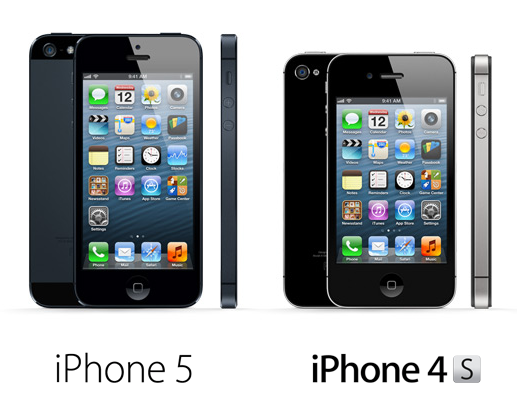You may have heard about global warming. It seems that in the last 100 years the earth's temperature has increased about half a degree Celsius. This may not sound like much, but even half a degree can have an effect on our planet. According to the U.S.Environmental Protection Agency(EPA) the sea level has risen 6 to 8 inches (15 to 20 cm) in the last 100 years (see How do they measure sea level?).
This higher temperature may be causing some floating icebergs to melt, but this will not make the oceans rise. Icebergs are large floating chunks of ice. In order to float, the iceberg displaces a volume of water that has a weight equal to that of the iceberg.Submarines use this principle to rise and sink in the water by changing their weight.
But the rising temperature and icebergs could play a small role in the rising ocean level. Icebergs are chunks of frozen glaciers that break off from landmasses and fall into the ocean. The rising temperature may be causing more icebergs to form by weakening the glaciers, causing more cracks and making ice more likely to break off. As soon as the ice falls into the ocean, the ocean rises a little.
If the rising temperature affects glaciers and icebergs, could the polar ice caps be in danger of melting and causing the oceans to rise? This could happen, but no one knows when it might happen.
The main ice covered landmass is Antarctica at the South Pole, with about 90 percent of the world's ice (and 70 percent of its fresh water). Antarctica is covered with ice an average of 2,133 meters (7,000 feet) thick. If all of the Antarctic ice melted, sea levels around the world would rise about 61 meters (200 feet). But the average temperature in Antarctica is -37°C, so the ice there is in no danger of melting. In fact in most parts of the continent it never gets above freezing.
At the other end of the world, the North Pole, the ice is not nearly as thick as at the South Pole. The ice floats on the Arctic Ocean. If it melted sea levels would not be affected.
There is a significant amount of ice covering Greenland, which would add another 7 meters (20 feet) to the oceans if it melted. Because Greenland is closer to the equator than Antarctica, the temperatures there are higher, so the ice is more likely to melt.
But there might be a less dramatic reason than polar ice melting for the higher ocean level -- the higher temperature of the water. Water is most dense at 4 degrees Celsius. Above and below this temperature, the density of water decreases (the same weight of water occupies a bigger space). So as the overall temperature of the water increases it naturally expands a little bit making the oceans rise.
In 1995 the Intergovernmental Panel on Climate Change issued a report which contained various projections of the sea level change by the year 2100. They estimate that the sea will rise 50 centimeters (20 inches) with the lowest estimates at 15 centimeters (6 inches) and the highest at 95 centimeters (37 inches). The rise will come from thermal expansion of the ocean and from melting glaciers and ice sheets. Twenty inches is no small amount -- it could have a big effect on coastal cities, especially during storms.








